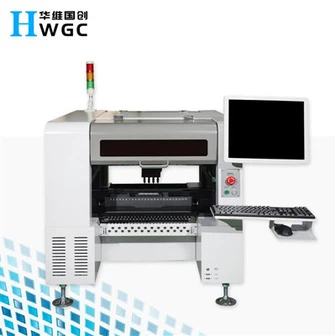The Use of Placement Machines in Medical Device Electronics Production
The use of placement machines in medical device electronics production is becoming increasingly important. These machines are designed to quickly and accurately place electronic components onto a printed circuit board, allowing for the production of high-quality medical devices.
Placement machines have several advantages over manual assembly. First, they are far more precise than human operators, as they can place components with tolerances down to a few microns. This high level of precision ensures that the medical devices produced are accurate and reliable, reducing the likelihood of errors or malfunctions.
In addition, placement machines are much faster than manual assembly. They can place components at rates of thousands per hour, allowing for the production of high-quality medical devices in large quantities. This increased speed also reduces the amount of time and labor required for production, making it more cost-effective for manufacturers.
Furthermore, placement machines can handle a wide variety of component types and sizes, including BGA, QFN, and CSP components. This versatility allows for the production of a wide range of medical devices, from simple pacemakers to complex imaging equipment.
Overall, the use of placement machines in medical device electronics production is a positive development. These machines offer increased precision, speed, and versatility, allowing for the production of high-quality medical devices that improve patient outcomes and help save lives.







